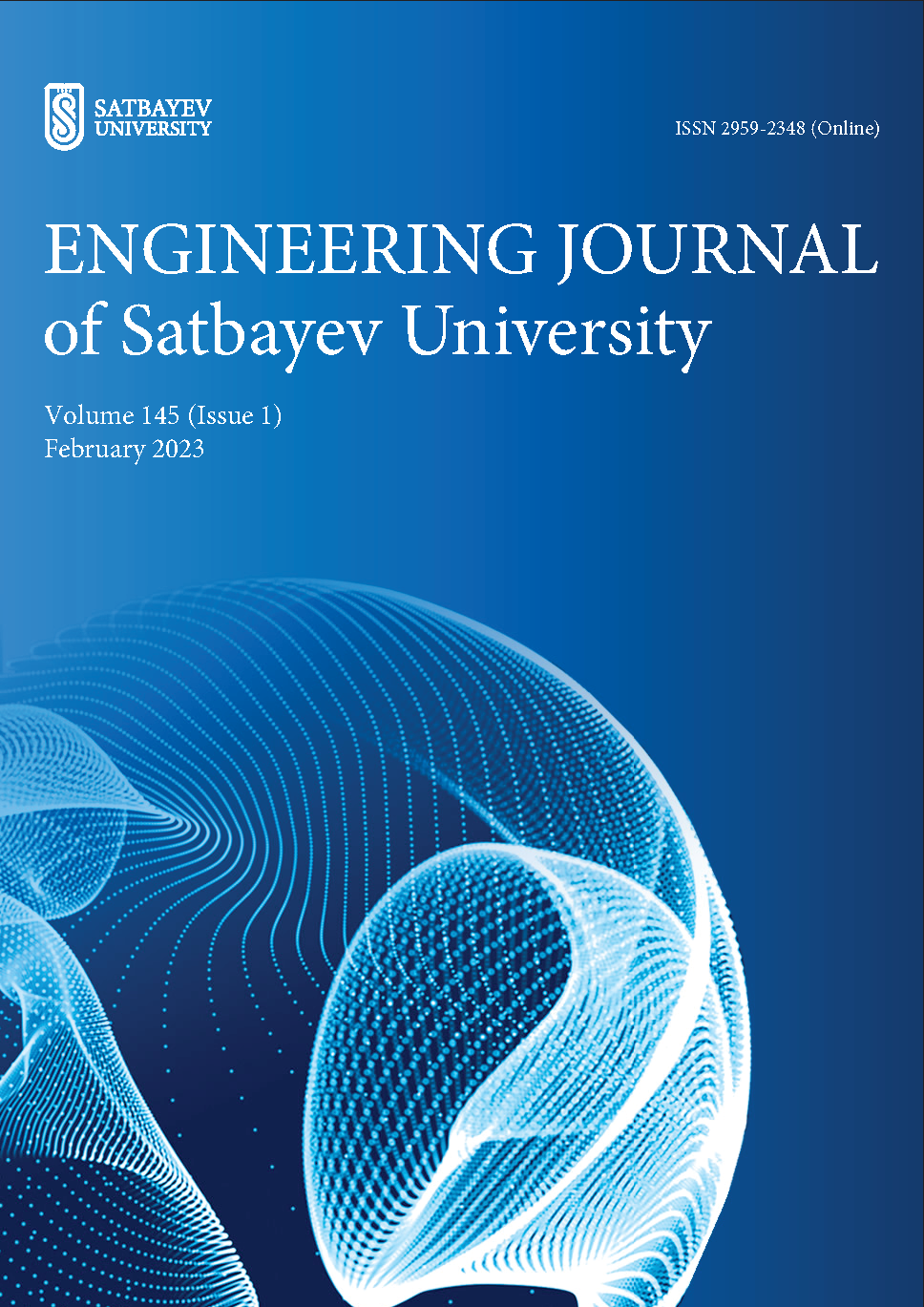Development of a simulation model for determining the coordinates of air objects based on the GNSS navigation signal reflected from the air object and received on the antenna of the navigation receiver
DOI:
https://doi.org/10.51301/ejsu.2023.i1.05Keywords:
GNSS, Global Positioning System, TLE, electronic computer, ground receiver, satelliteAbstract
This article is devoted to the development of a simulation model for determining the coordinates of air objects based on the GNSS navigation signal reflected from the air object and received on the antenna of the navigation receiver. To solve the problem of radar of aerial objects using bistatic location based on the use of GNSS satellites, it was necessary to pre-evaluate the energy or energy potential of the satellite navigation signal reflected from the aerial object, which then comes to the receiving antenna of the navigation equipment of consumers. The results obtained in the form of the developed computational schemes will form the basis of the algorithmic and software of the passive radar system and will allow determining the requirements for its technical support carried out within the framework of the grant project of the Ministry of Education and Science of the Republic of Kazakhstan No. AP09260581. In this paper, simulation modeling is understood as such an approach to modeling complex systems, which allows us to develop a single meta-model that combines into an integral set of models of objects and processes of their interaction based on a single information and event space in a single discrete time scale, and implement the resulting meta-model in an electronically equivalent form on an electronic computer. One of the main tasks of the study of complex radio engineering systems by modeling is the choice of modeling principles that should allow the construction of the simulated system in accordance with the goals and objectives of the study in such a way that the model adequately reflects the processes and patterns of behavior of the system under study with the necessary degree of reliability and detail. One of the most productive methods of developing a software and hardware complex of simulation modeling is object-oriented modeling.
Downloads
Published
How to Cite
Issue
Section
License
Copyright (c) 2023 Engineering Journal of Satbayev University

This work is licensed under a Creative Commons Attribution-NonCommercial-NoDerivatives 4.0 International License.
<div class="pkpfooter-son">
<a rel="license" href="http://creativecommons.org/licenses/by-nc/4.0/"><img alt="Creative Commons License" style="border-width:0" src="https://i.creativecommons.org/l/by-nc/4.0/80x15.png"></a><br>This work is licensed under a <a rel="license" href="http://creativecommons.org/licenses/by-nc/4.0/">Creative Commons Attribution-NonCommercial 4.0 International License</a>.
</div>





